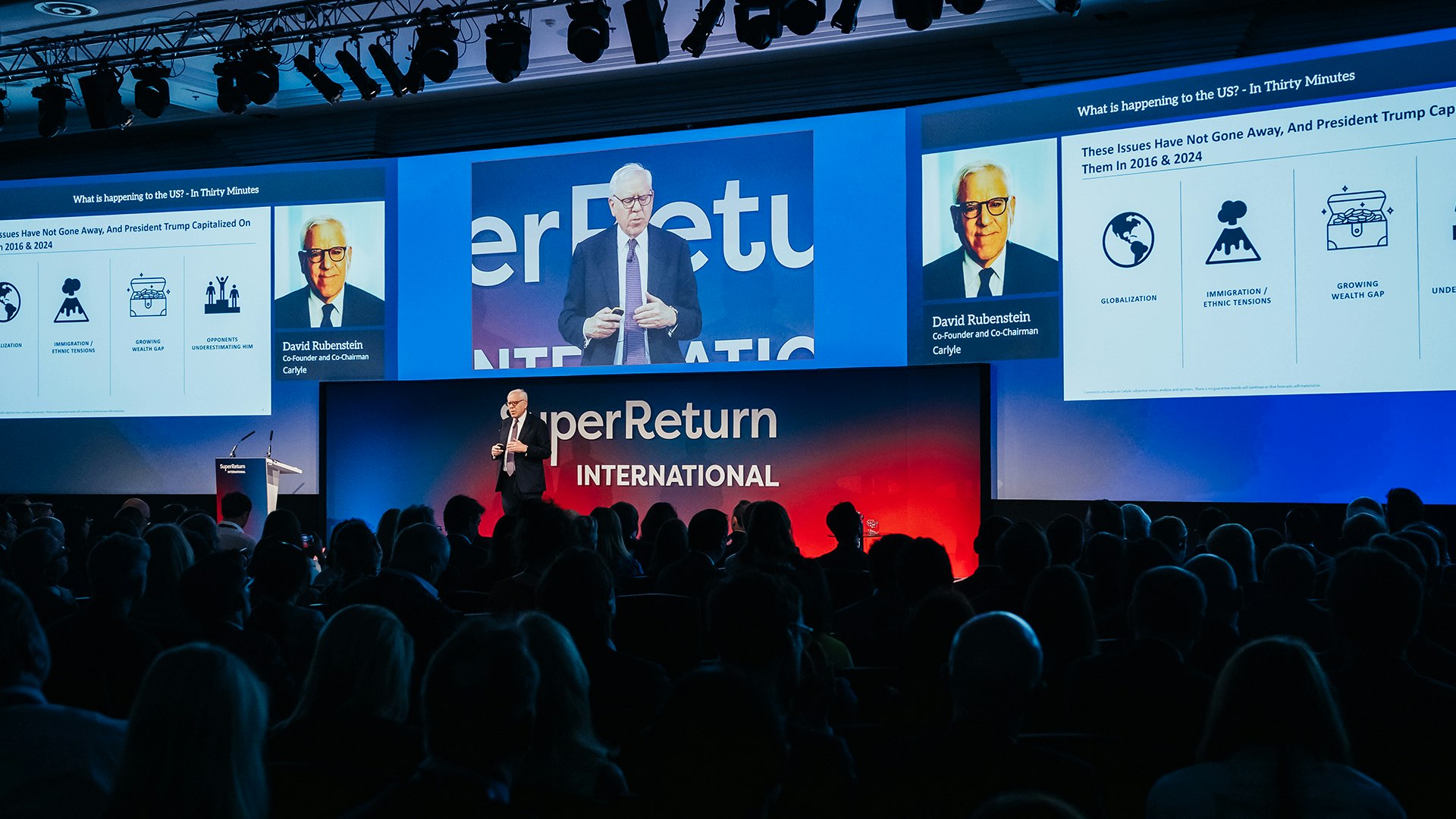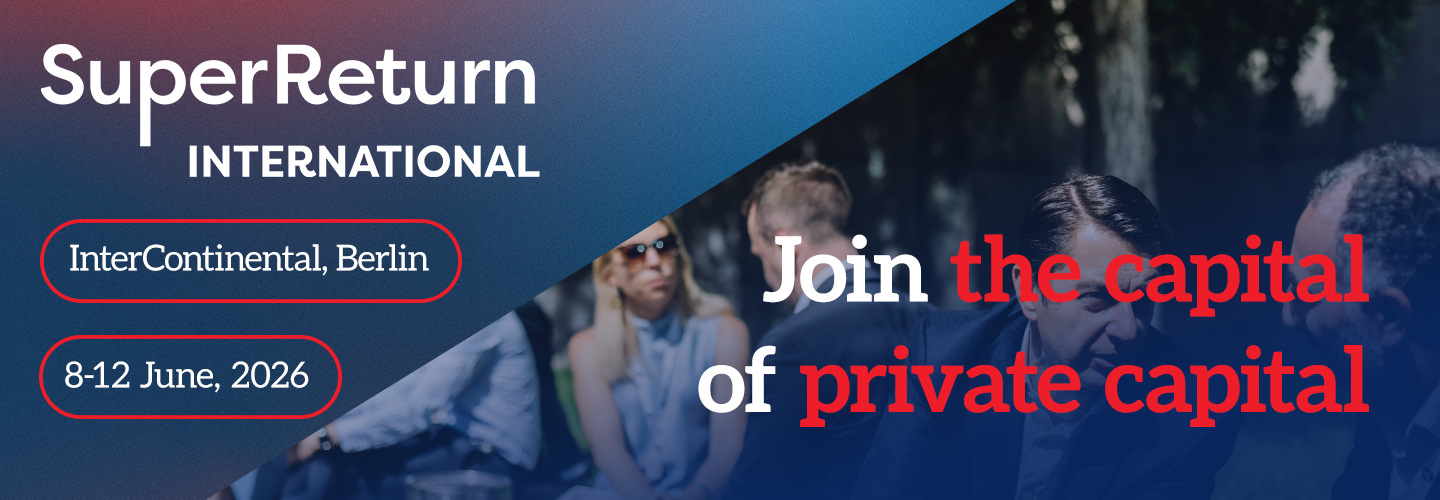From access to execution: The new edge in private equity

Private markets investors are navigating ongoing macro uncertainty by treating volatility as a source of opportunity. The strategic focus for PE groups has shifted toward operational enhancements and creative capital deployment, including carve-outs, partnerships, and structured solutions to sustain deal activity, despite persistent challenges across fundraising, exits, and traditional M&A channels.
Global dealmaking is not slowing, it is evolving in form and focus. Indeed, there is a growing feeling that Europe is once again looking attractive as GPs seek to put a mountain of dry powder to work. Amid growing protectionism and trade uncertainty, firms are continuing to execute cross-border transactions at scale. Indeed, there is sustained global appetite among LPs for specialist strategies, particularly where supply chains are localised and tariff exposure is mitigated.
Maintaining a globally diversified LP base is insulating large managers from regional fundraising headwinds.
It was noted by several leading GPs during SuperReturn International on June that private wealth and retail channels, especially outside the U.S., are gaining momentum and becoming a core area of long-term strategic focus.
Macroeconomic environment & strategic responses
The unexpected magnitude of tariffs has prompted a pause in investment and hiring among corporate leaders, underscoring the need for rigorous exposure analysis and enhanced supply chain resilience. CEOs are being advised to maintain robust capital structures and avoid reactive price hikes that risk alienating customers. Instead, strategic pricing and deep customer understanding have enabled some companies to gain market share despite tariff pressures.
The ongoing trend toward de-globalisation, accelerated by the COVID-19 pandemic, has led to increased onshoring and efforts to secure critical supply independence. However, a full return to protectionism is unlikely; instead, a balanced approach to global trade is expected to emerge, blending resilience with openness. This nuanced environment demands that PE firms and portfolio companies remain agile and forward-looking in their operational and investment strategies.
Against this backdrop, private equity is emerging as a structurally advantaged asset class defined by its resilience, operational engagement and adaptability to complexity.
This is particularly evident in how GPs are approaching deal sourcing and deployment.
GPs are adapting their playbooks, moving beyond traditional buyouts toward carve-outs, preferred equity solutions, and bilateral deals. These structures offer tailored risk-return profiles, particularly in sectors like energy transition, healthcare, and the democratisation of financial services.
The evolution in sourcing reflects a move from transactional deal-making to trust-based origination. Reputation, long-term alignment and bilateral relationships are now critical differentiators in winning deals. GPs with strong operating capabilities, deep sector knowledge, and programmatic execution are better positioned to capitalise on these dynamics. Examples of how dealmaking is shifting include:
Thematic Investing: Focused investments in sectors aligned with long-term macro trends are gaining prominence, reflecting a maturation of the asset class and alignment with institutional LP preferences for durable alpha sources.
Collaborative Deal Execution: PE firms increasingly act as operating partners, bringing industry expertise, talent, and systems to portfolio companies rather than serving solely as capital providers.
However, when it comes to using operating partners, investors are being urged to do their due diligence on GPs. If they are in a different building, on a different pay scale, or only coming in after the investment team has done the deal, to make them look good, that's not a good model. Rather, operating partners should have seniority, be involved with investment decision making and paid like the partners; after all, they are the ones creating operational uplift.
The rise of AI: Both strategic enabler and operational lever
Operational value creation has become the core lever for generating alpha.
Firms like BayPine focus exclusively on identifying mid-market companies with untapped digital upside. Their thesis is grounded in transforming instinct-driven businesses into data-enabled platforms through ERP implementations, digital marketing systems, and robust data governance.
With reliance on leverage and multiple expansion waning, PE firms are deploying deep operating expertise to improve efficiency, scale growth, and future-proof portfolio companies. Carve-outs from large corporates, in particular, present fertile ground for transformation through focused capital allocation, enhanced KPI alignment, and governance upgrades.
Artificial intelligence is rapidly becoming an indispensable tool in the private equity value creation toolkit.
Firms are deploying AI in four primary domains: i) operational efficiency; ii) sales enablement; iii) code generation, and iv) investment research.
Examples include predictive maintenance to reduce downtime, AI-powered CRM systems to improve client segmentation and tools that synthesise internal and external data to accelerate theme generation. The message is clear: AI is not merely a trend but a source of durable differentiation. Firms that fail to build internal capabilities risk losing competitive edge.
The era of autopilot governance has ended
The exit environment remains challenging, with GPs emphasising disciplined, programmatic liquidity planning, eschewing opportunism for strategic portfolio-level liquidity frameworks. High-quality mid-market assets continue to find buyers, particularly where managers possess strong reputations and differentiated sourcing pipelines.
To overcome the exit logjam, tools such as continuation vehicles, NAV-based lines and partial liquidity solutions are providing tactical flexibility but are not substitutes for full exits. The expectation is for normalised exit activity to resume between 2026 and 2027. However, this is contingent on rate stabilisation and valuation alignment between buyers and sellers.
LPs are increasingly scrutinising DPI metrics, forcing managers to adopt more rigorous exit governance. As liquidity tightens, LPs are demanding more transparency and bespoke solutions including SMAs. Today’s LPs are more assertive, co-designing co-investment vehicles, pressing for extended investment periods and shaping fund economics to better align interests.
At the same time, fundraising headwinds are catalysing innovation. GPs are diversifying their capital bases through retail channels and platform partnerships. While these efforts demand significant investment in operational infrastructure, investor education and brand trust, they offer scalable pathways for capital formation and product innovation.
Private credit grows but caution is urged
Private credit continues to grow, driven by demand from insurance companies, wealth channels and retail investors seeking yield alternatives to public bonds. Direct lending has experienced an 18-fold increase in recent years, though other credit segments like asset-based finance remain underdeveloped and are fast becoming the next big focus of attention for blue-chip private markets groups.
Geographically, the U.S. leads in maturity, but Europe is fast catching up. Lower valuations and thinner competition in Europe offer attractive entry points for private lenders. In contrast, Asia remains early in its evolution, with banks still dominant in many jurisdictions.
Leading investment firms are capitalising on these dynamics through localised execution and diversified fundraising. Ares, for example, emphasises deep regional teams and a broad LP base that spans institutions and private wealth. Their expansion into Milan and other European markets reflects a long-term belief in global scale via local expertise.
However, GPs who are actively investing in private credit believe that caution is warranted.
Inflows into the asset class, particularly in large-cap direct lending, have compressed illiquidity premiums. This is forcing investors to put large amounts of capital to work, regardless of how compelling the opportunity might be.
Alan Waxman, CEO of Sixth Street, told the Wall Street Journal that firms are turning private credit from a bespoke type of investing with relatively high returns into a commoditised, lower-returning business.
Selectivity and underwriting discipline are therefore paramount.
Moreover, the ability to “lean in” during moments of dislocation remains a key source of alpha, favouring managers with patient capital and deep market access.
In conclusion
Looking ahead, the future of asset management will be defined by scale, proprietary data, and the intelligent application of AI.
As artificial intelligence continues to evolve, the divide between scale players and sub-scale firms will become more pronounced, reshaping competitive dynamics and return profiles across the industry.
For managers who successfully embed AI into their platforms, the upside lies not in mere survival but in sustained outperformance. Those best positioned will combine operational scale with innovation, integrate alternatives seamlessly across channels and remaining laser-focused on delivering long-term value to both institutional and private clients.
Achieving this will demand more than technology alone. It requires a mindset anchored in agility, a willingness to embrace complexity and disciplined liquidity planning to navigate prolonged exit cycles with confidence.
For institutional investors, these developments provide reassurance that private equity is not simply adapting to a shifting landscape; it is shaping it. Going forward, private equity’s enduring edge could lie less in access and more in execution, driven by operational excellence, digital enablement and institutional-grade governance.
